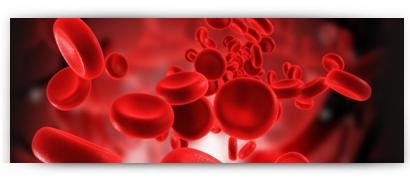Bone Marrow Transplant

A bone marrow transplant is a procedure to replace damaged or destroyed bone marrow with healthy bone marrow stem cells. Bone marrow is the soft, spongy tissue inside large bones (for example, in the breastbone, pelvis, ribs, and spine) from which blood cells arise. Blood stem cells are immature cells in the bone marrow that produce three important types of blood cells:
- Red blood cells: Carry oxygen around the body
- White blood cells: Fight infection
- Platelets: Help stop bleeding
Bone marrow transplants can be an effective form of treatment for:
- Life-threatening blood cancers like leukaemia (cancer of the white blood cells)
- Diseases which result in bone marrow failure like aplastic anemia or myelodysplastic syndrome
- Non-Hodgkin lymphoma (cancer of the lymphatic system)
- Other immune system, genetic diseases or autoimmune diseases such as sickle cell anaemia, thalassaemia, amyloidosis, multiple sclerosis, scleroderma and lupus
A bone marrow transplant involves harvesting healthy stem cells from a person’s bone marrow i.e. hip bone region or from the bloodstream, where peripheral blood stem cells (PBSCs) circulate. Another source of stem cells is blood from a newborn’s umbilical cord.
Two Main Types of Transplant
- Autologous transplant: A patient’s own stem cells are filtered, collected, and then transplanted back into the patient.
- Allogeneic transplant: The stem cells are obtained from the donor. Siblings with the same parents are usually the most common donor. In the situation where the patient does not have a matched sibling, the transplant centre will work with the Bone Marrow Donor Program that is plugged into international registries worldwide to search for an unrelated, matched donor with the same or similar tissue type. This will help to reduce the chances of the bone marrow being rejected.
Five Stages of a Bone Marrow Transplant
- Physical examination: Assess the general fitness of the patient
- Harvesting: Obtain stem cells for use in the transplant
- Conditioning: Prepare patient’s body for the transplant
- Transplanting: Transplant stem cells
- Recovery period: Monitor patient for any complications or side effects
Preparing For a Transplant
Having a bone marrow transplant can be an intensive and challenging experience. Many people take up to a year to fully recover from the procedure.
Bone marrow transplants are complicated procedures with significant risks. Thus, bone marrow transplants are usually only recommended if the benefits of a transplant are believed to outweigh the risks. An experienced transplant physician with a specialised team will oversee the procedure to select patients most likely to benefit from a transplant and work together to aim for the best outcomes for patients.



